While I was in Walthamstow a few weeks ago, I visited the Vestry House Museum. The museum is located in Walthamstow Village, the oldest part of this area of London, which used to be set within the countryside but which has now expanded and is a part of London's suburbs. The museum contains a Bremer car, Victorian parlour, toy collection, tea collection, police cell, a garden, and a lot of other interesting exhibitions. It is free to visit, but donations are welcome to help assist with the upkeep of the building.
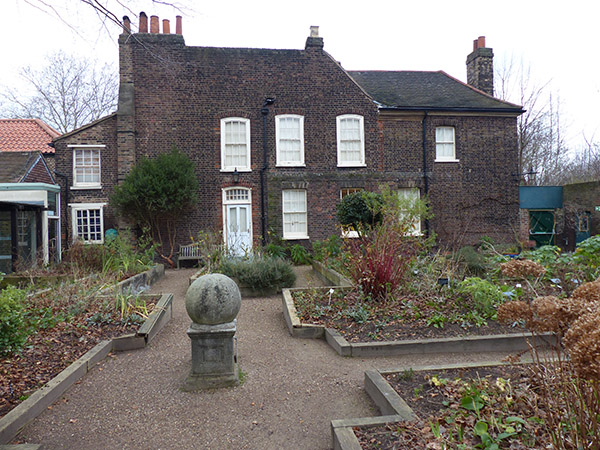
The Vestry House Museum was used between 1730 and 1841 as a paris workhouse. Although conditions here were still harsh, it was better than not having a home, so many elderly, pregnant and orphaned children lived here. This is the oldest surviving workhouse open to the public. It is located near St. Mary's Church, and during the time the workhouse was in operation, many people moved to the village as it was close to London. There are many large homes here, such as the one pictured below.
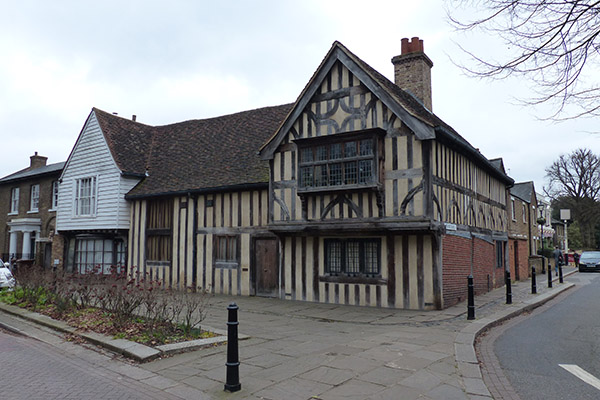
The workhouse was built to accommodate 30-40 people but took 80 in the 1820s, and the people that lived here ended up living here their whole lives. Anyone over the age of seven had to work in order to cover their board, though it ended up that many could not work and the workhouse struggled. The parish and charity paid for the inmates generally and paid for them if they needed medical assistance.
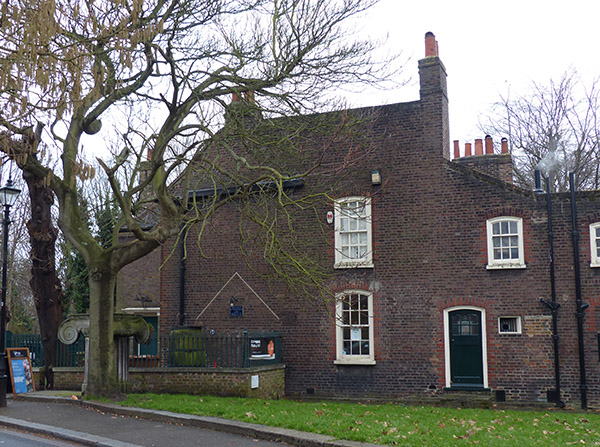
Women usually did the housework, and they also mended clothing and washed clothes from customers in the area. Men were expected to work in the parish, such as repairing roads. Initially, they did not receive pay until 1785 and men were paid 6d, boys 4d and women 3d a day. Sometimes there was not enough work for them to do, and sometimes they had to do unpleasant jobs such as picking fibre to make rope from plants, which was known for cutting the hands.
Many of the inmates at the workhouse was actually children, and they were often sent to Bethnal Green to learn trade in the silk weaving industry, and girls were sent to serve the larger homes in the area. Generally, these children were not educated but the head mistress of the workhouse could teach them some trades and give them some education.
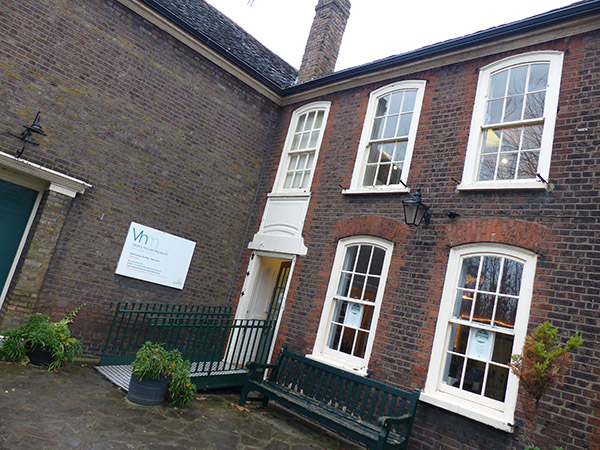
By 1834, the upper and middle classes were angry about giving charity, particularly for the poorer people to not do any work. Changes were made and larger workhouses were made, which split up the families and made them labour.
The Vestry House did have its own police area and a prisoner's cell in part of the house.
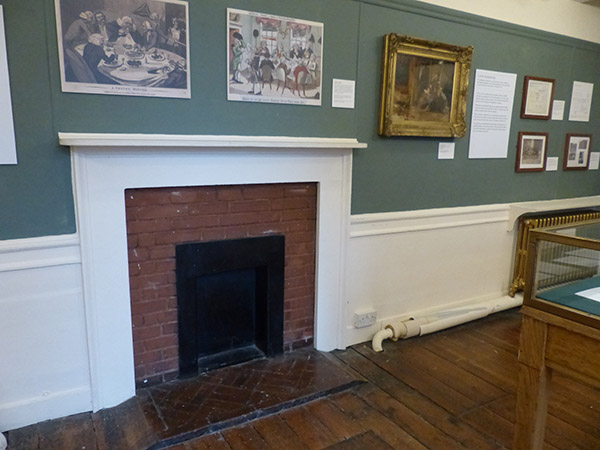
One of the upper rooms contained a small "1940's room" with items and information about World War II rationing as well as quite a lot of domestic items, such as juicers and grinders and other items that could be attacked to kitchen counters in order to make sauces/juices or for canning. Also, there was a selection of washing products, such as a washboard and irons and lighting/lamps and jars/jugs to store products in.
Another room was a recreation of the Victorian room, which is pictured below.
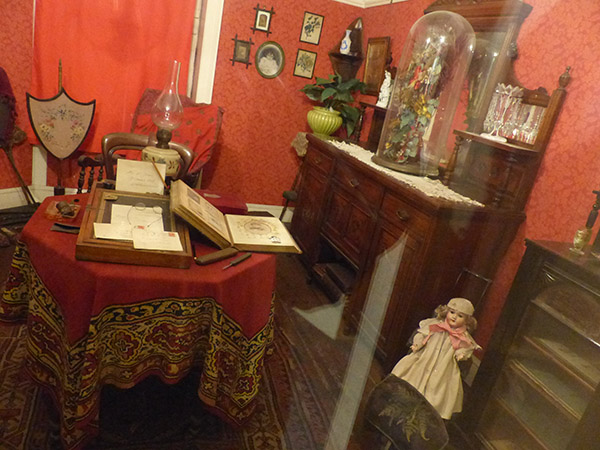
Upstairs also included a room dedicated to toys, such as toy theatres which were a little bit like "puppet shows" and local companies "Britains" lead and then plastic toys, Wells-Brimtoy train sets, and a selection of "found objects" that poorer children could make use of for toys, such as taking the glass marble from a glass bottle (to stop the liquid coming out and to keep the carbonation in), cigarette cards, spinning tops, jump rope, and yo-yos.
Britans was known for its lead toy soldiers but I owned some of their plastic trucks and farm equipment and farm sets when I was a child.
On the ground floor are some costumes and a display from Victorian times with a scrapbook created with cut-outs of scenes (I had one of these when I was younger, and it was cut-outs of cats from magazines), and it is also similar to today's sticker-album or collector cards. There's also the little boxes from Rowntrees, which contained small biscuits.

Another one of the exhibits covered transportation, and the Bremer car is the star here. The man behind the car lived in Walthamstow and created this car with a unique engine, and it was controlled with a lever. The engine was unique and later used for stationary machinery. The car was built in 1892.
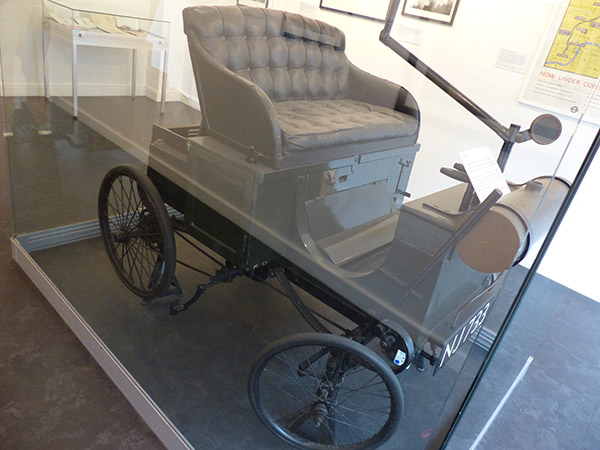
Lastly, there is a private garden at the Vestry House Museum. It is designed as an 18th century workhouse garden with useful plants and vegetables that would have been grown to be used by those staying. Fruit, vegetables, and herbs would be grown for food, medicine, or dying fabric. A wildflower meadow is also here to attract butterflies.
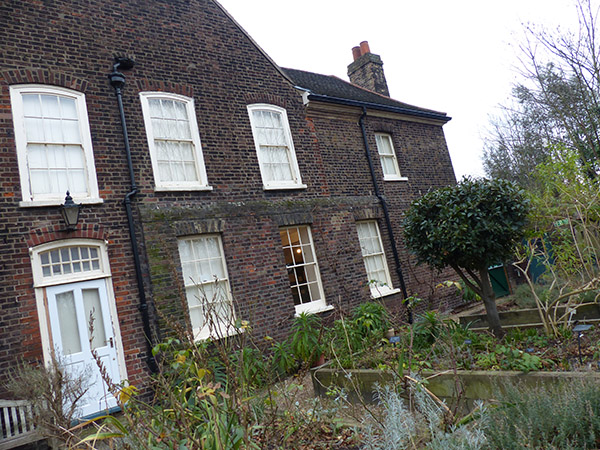
Have you ever visited the Vestry House Museum?


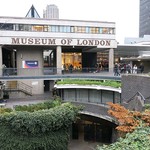
Leave a comment